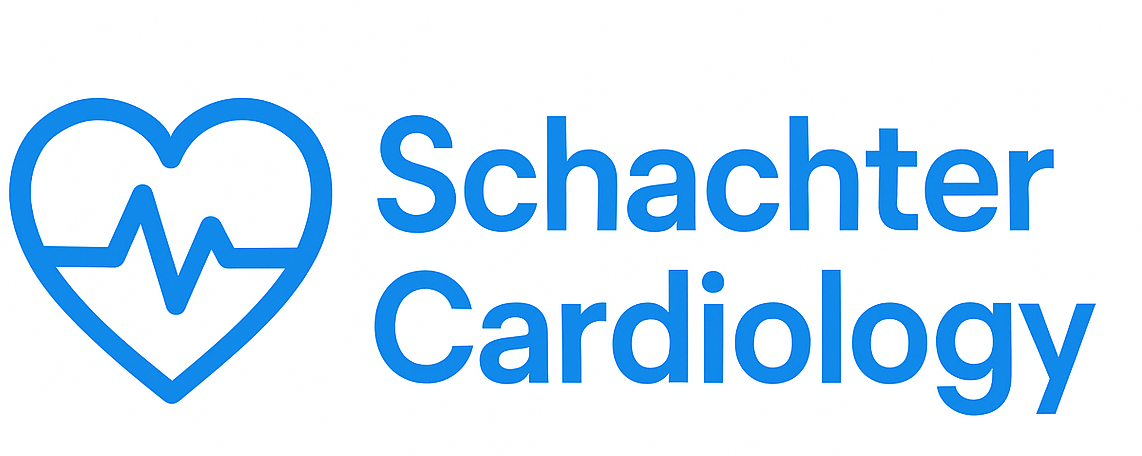
The Heart and Its Rhythm: Understanding Cardiac Monitoring and Its Importance
The heart is one of the most vital organs in the human body, responsible for pumping blood and delivering oxygen and nutrients to our tissues. To maintain optimal heart health, it’s crucial to monitor its rhythm and overall function. Cardiac monitoring is an essential part of diagnosing, managing, and preventing heart diseases, and it encompasses various techniques and technologies. In this blog post, we’ll explore the different types of cardiac monitoring, their significance, and how they contribute to heart health.
What is Cardiac Monitoring?
Cardiac monitoring refers to the continuous observation of the heart’s activity, usually through electrical signals. This process can be performed in a hospital setting or through portable devices at home. The primary objective is to detect and assess any abnormalities in the heart’s rhythm and function.
Why is Cardiac Monitoring Important?
Cardiac monitoring plays a vital role in the following aspects:
- Diagnosis: It helps identify various heart conditions such as arrhythmias, heart failure, and ischemic heart diseases.
- Management: Continuous monitoring allows healthcare providers to adjust treatment plans based on real-time data.
- Prevention: Regular monitoring can detect early signs of heart disease, allowing for timely intervention.
Types of Cardiac Monitoring
There are several methods of cardiac monitoring, each serving specific purposes:
1. Electrocardiogram (ECG or EKG)
An ECG is a common test that records the electrical activity of the heart. It provides information about heart rate, rhythm, and any abnormalities in the heart’s electrical conduction pathways. ECGs can be performed in a doctor’s office or hospital and are often used as a preliminary diagnostic tool.
2. Holter Monitor
A Holter monitor is a portable device worn by the patient for 24 to 48 hours to continuously record the heart’s electrical activity. This method is useful for detecting intermittent arrhythmias that may not show up during a standard ECG.
3. Event Monitor
Similar to a Holter monitor, an event monitor is a portable device that records the heart’s activity but is typically worn for longer periods (up to 30 days). Patients activate the device when they experience symptoms, allowing healthcare providers to correlate symptoms with the heart’s electrical activity.
4. Implantable Loop Recorder (ILR)
For patients with unexplained syncope (fainting) or frequent arrhythmias, an implantable loop recorder may be recommended. This small device is inserted under the skin of the chest and continuously monitors the heart’s activity for several years.
5. Remote Cardiac Monitoring
Advancements in technology have led to the development of remote cardiac monitoring systems. These systems allow patients to transmit data from wearable devices to healthcare providers in real-time, enabling continuous monitoring without the need for frequent office visits.
How Cardiac Monitoring Works
During cardiac monitoring, electrodes are placed on the skin to detect electrical signals generated by the heart. These signals are then transmitted to a monitoring device that records, analyzes, and displays the data. Healthcare providers can review this information to identify any irregularities in heart function.
What to Expect During Cardiac Monitoring
The experience of cardiac monitoring can vary depending on the method used:
- ECG: A technician will attach electrodes to your chest, arms, and legs. The test is quick and typically takes less than 10 minutes.
- Holter Monitor: You will wear a small, portable device attached to electrodes. It’s important to keep a diary of your activities and any symptoms during the monitoring period.
- Event Monitor: Similar to a Holter monitor, but you’ll activate it when you have symptoms.
- ILR: A minor surgical procedure is performed to implant the device, and you will have follow-up appointments to review the data.
- Remote Monitoring: You will wear a device that collects data and transmits it wirelessly to your healthcare provider.
Interpreting Cardiac Monitoring Results
Once the monitoring period is complete, healthcare providers will analyze the data to look for:
- Heart Rate: Normal resting heart rates range from 60 to 100 beats per minute. Abnormal rates may indicate potential issues.
- Heart Rhythm: Regular rhythms are considered normal. Irregular rhythms, like atrial fibrillation, may require further evaluation.
- ST Segment Changes: Changes in the ST segment of an ECG can indicate ischemia or other heart conditions.
Common Conditions Identified Through Cardiac Monitoring
Cardiac monitoring can help identify a variety of heart conditions, including:
- Arrhythmias: Abnormal heart rhythms that can lead to complications if left untreated.
- Myocardial Ischemia: Reduced blood flow to the heart muscle, often due to blockages.
- Heart Failure: A condition where the heart cannot pump blood effectively.
- Long QT Syndrome: A condition that can cause fast, chaotic heartbeats, leading to fainting or sudden death.
Advantages of Cardiac Monitoring
Cardiac monitoring offers numerous benefits:
- Early Detection: It allows for the identification of heart issues before they become serious problems.
- Personalized Treatment: Real-time data enables healthcare providers to tailor treatment plans to individual needs.
- Improved Outcomes: Timely intervention can lead to better management of heart conditions, reducing the risk of complications.
Limitations and Considerations
While cardiac monitoring is valuable, it does have limitations:
- False Positives/Negatives: Sometimes, abnormal readings may not indicate a serious issue, leading to unnecessary anxiety or testing.
- Discomfort: Some patients may find wearing monitoring devices uncomfortable.
- Cost: Depending on the type of monitoring, costs may vary and may not be covered by all insurance plans.
Conclusion
Cardiac monitoring is a cornerstone of heart health management, providing crucial insights into the heart’s rhythm and function. By understanding the different types of monitoring available and their importance, patients can take proactive steps towards maintaining heart health. If you have concerns about your heart health or experience symptoms such as palpitations, dizziness, or chest pain, consult your healthcare provider for appropriate cardiac monitoring options.
Disclaimer: This blog post is for informational purposes only and should not be considered medical advice. Always consult with a healthcare professional for medical concerns or before starting any new treatment.
Disclaimer: This article is for educational purposes only and does not constitute medical advice. Always consult a qualified healthcare professional.
